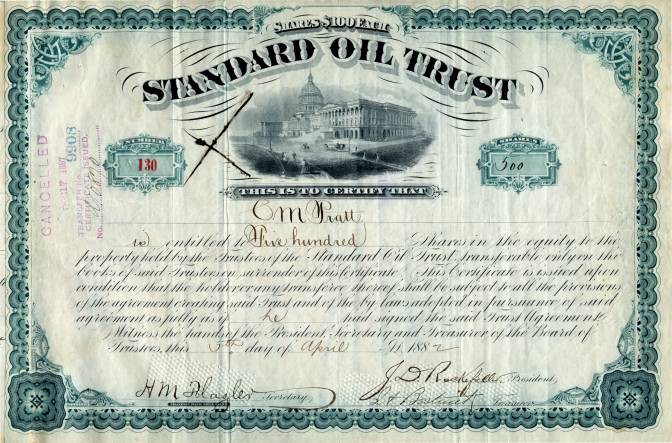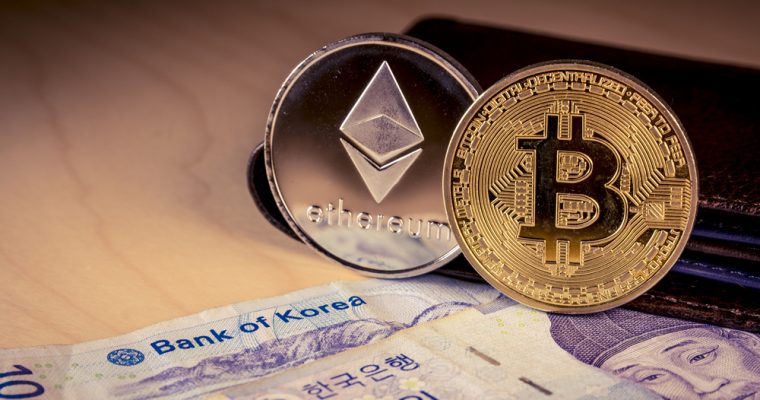A new way to think about investments on the blockchain.
2017 was a banner year for ICOs and cryptocurrency tokens. Unfortunately, many of these ICOs raised capital as utility tokens, with no adherence to United States security laws.
This bad behavior has led to an array of SEC subpeonas and enforcement actions. The strong regulatory response is being encouraged by good actors and should cause a drastic slowdown in the number of ICOs for 2018 and beyond.
Entrepreneurs still need to raise capital though. Rather than abandon token-based fundraising, there will be a seismic shift to what many refer to as “Security Token Offerings.” These security tokens are merely token offerings conducted in a regulatory compliant way.
While this perspective has elements of truth to it, I will take the rest of this piece to suggest a different framework. A framework that clearly describes what is happening, while attempting to put this shift in historical context. My hope is that this can serve as a guiding light for individuals across the crypto and financial communities.
Investments on the Blockchain
Simply, a security is a tradable financial asset. These securities were previously presented in a physical paper certificate that represented ownership in an asset. When an asset owner wanted to sell their ownership stake, they traded the physical certificate for currency with another entity or individual.
Obviously this Analog Age of Securities sounds archaic and inefficient. Over the years different individuals and organizations have attempted to bring securities, and the subsequent trading of securities, into the digital world.
It wasn’t until the late 1980s and early 1990s that electronic certificates and trading began to be used in a material way. This new process removed the need for stock brokers to stand on the trading floor and yell bids & asks at each other. It made the financial system more efficient. It increased the number of people who could participate. And it ultimately removed a select group of middlemen from the process.
This switch from paper security certificates to electronic security certificates was previously referenced as a digital shift. I disagree.
The digital world as we know it today, both the infrastructure and applications, was not available yet. Rather than call the period from ~1990 to now a digital period, I refer to it as the Electronic Age of Securities.
Source/More: The Digital Age of Securities – Anthony Pompliano – Medium














